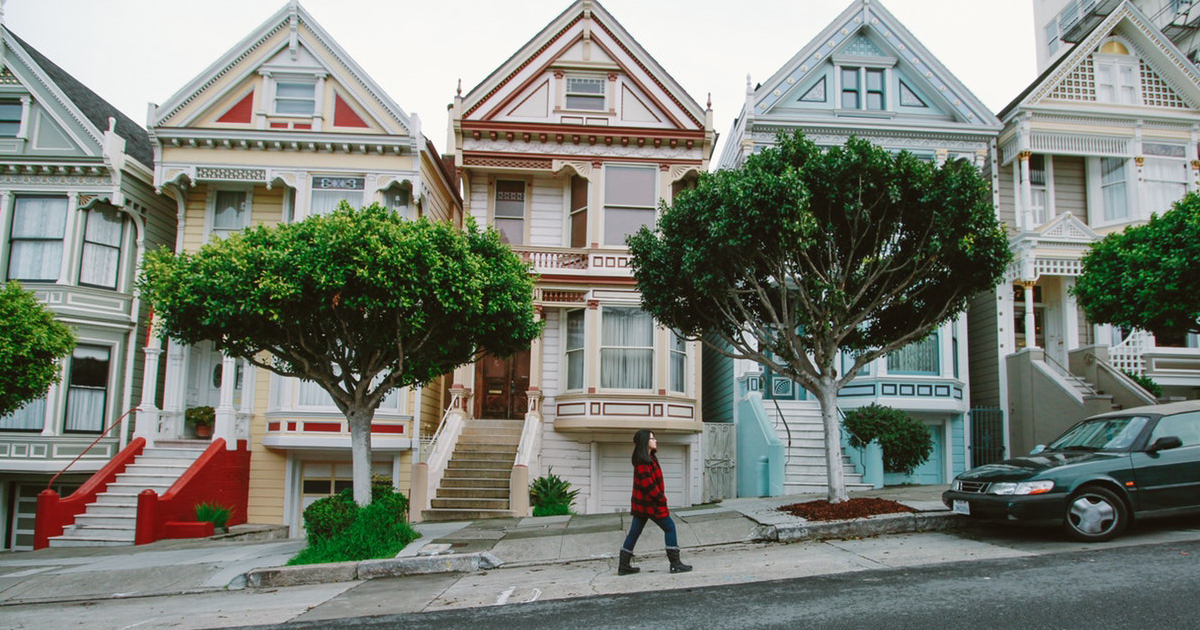In most professions, success is based on standing out. In fix and flip real estate investing, however, success is often based on fitting in. When it comes to flipping a property, you want a home that fits the neighborhood; not one that is of dramatically higher or lower value than the rest.
Home value is tied to location.
While the price of your property will increase or decrease depending on the quality of the upgrades you make, your home value is tethered to the average value of properties in the neighborhood.
If there are no good schools or job opportunities nearby and all of the surrounding houses are falling apart, homebuyers aren’t going to be interested in the three-story home with a state-of-the-art gym and top of the line appliances; at least not interest enough to pay anywhere near full price.
Expensive homes take longer to sell.
Typically, higher-priced homes will sit on the market longer than lower-priced homes. The average time on the market is 52 days for lower-priced homes, 62 days for mid-priced homes, and 90 days for high-priced homes. One strategy for renovating homes is to stay within 10% of the average sale price in the area. This way, you can pretty much guarantee yourself that you don’t over-improve the property and price yourself above the market.
The houses that sell the fastest tend to be those close to the average home value in the area; in San Diego, the median home value is $555,800 and the fastest-selling price range is between $500,001 and $750,000 with an average time on the market of 45 days. As the price goes up, the time on market increases to an average of 147 days for homes over $4 million.
More upgrades can decrease your return on investment.
Because homebuyers don’t want to pay for over-upgraded homes relative to the area, your renovations will decrease in value as you add more to your property. Buyers expect certain things from a property and will pay more for them: things like modern appliances, fresh paint, and neat landscaping. Once you get out of the realm of what’s expected in your market segment, you’ll start to experience a diminishing rate of returns on your improvements.
Certain improvements may seem desirable but may not significantly increase the value of your property. Who would say no to a house with a full bar, game room, and movie theater in their home? For most people, though, those things are luxuries, not additions that they will shell out an extra $500,000 or $1,000,000 for in a neighborhood where most homes are going for $300,000.
Unusual means unpopular.
A good rule of thumb is that “unusual” means “unpopular.” While you want your house to stand out, you don’t want it to stand out too much. People like what is familiar and what is usual. Standard home designs sell the fastest: on average, Spanish homes sell in 47 days, traditional homes in 84, and ranch in 95. Custom and craftsman homes, on the other hand, typically spend over 100 days on the market.
More demand equals a greater selling price; if you limit yourself to a niche market with all custom features, there will be less demand and ultimately less value to the buyer market.
Purchasing a home is a major commitment, and most homebuyers search specific neighborhoods with the expectation that the home they purchase there will be in line with their neighbors’. It’s important to keep renovations within the realm of reason for the area. Otherwise, you risk holding onto the property for years – and slashing your asking price well below your property’s potential value in order to sell.
Make your house stand out with the little things; granite countertops, a fresh coat of paint, and some new appliances. If you want the best chances of generating interest from buyers and a selling price on the upper end of the range for your neighborhood, strive to be just better than the average homes your surrounded by to maximize your return on investment and minimize your time on market.







0 Comments